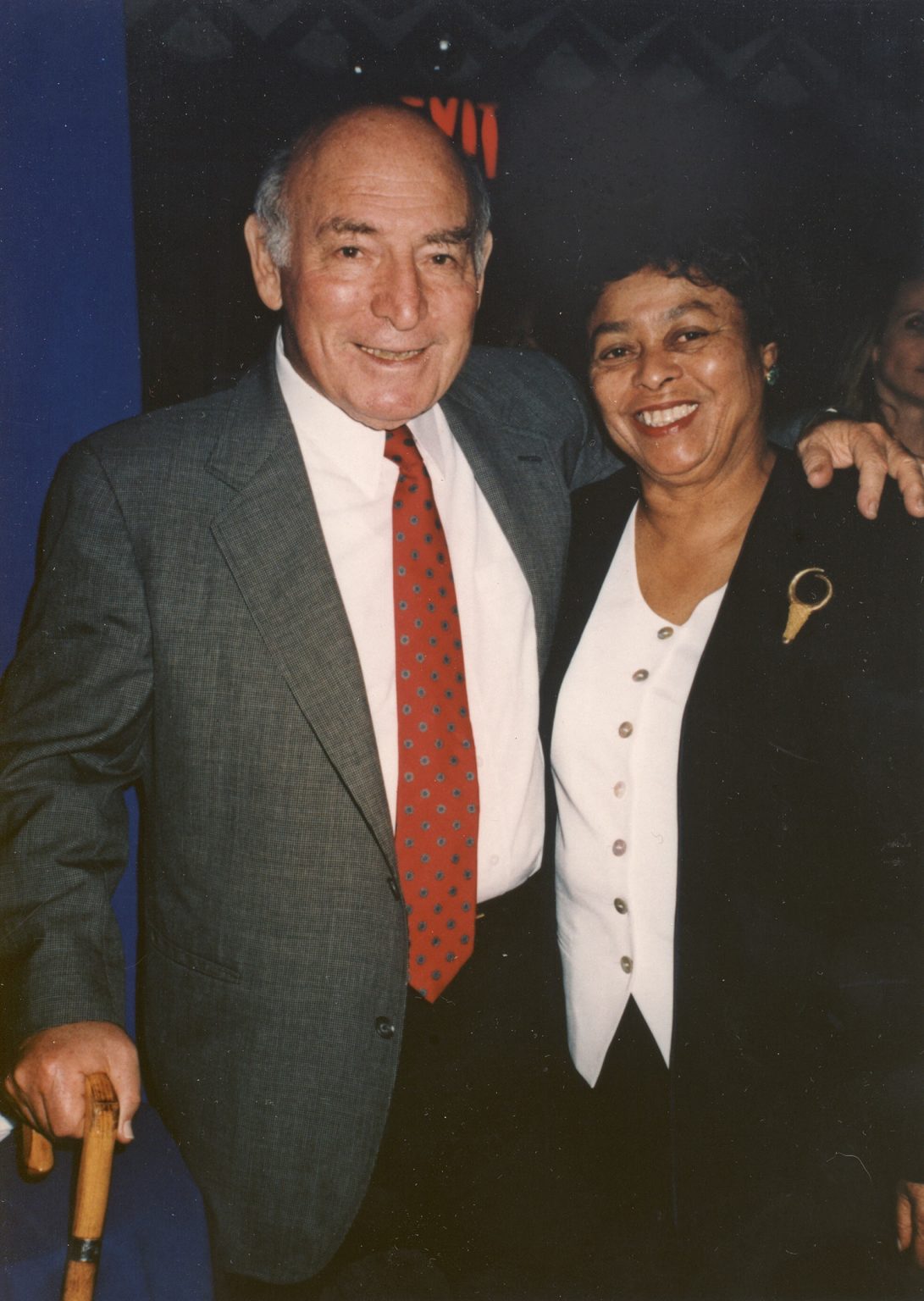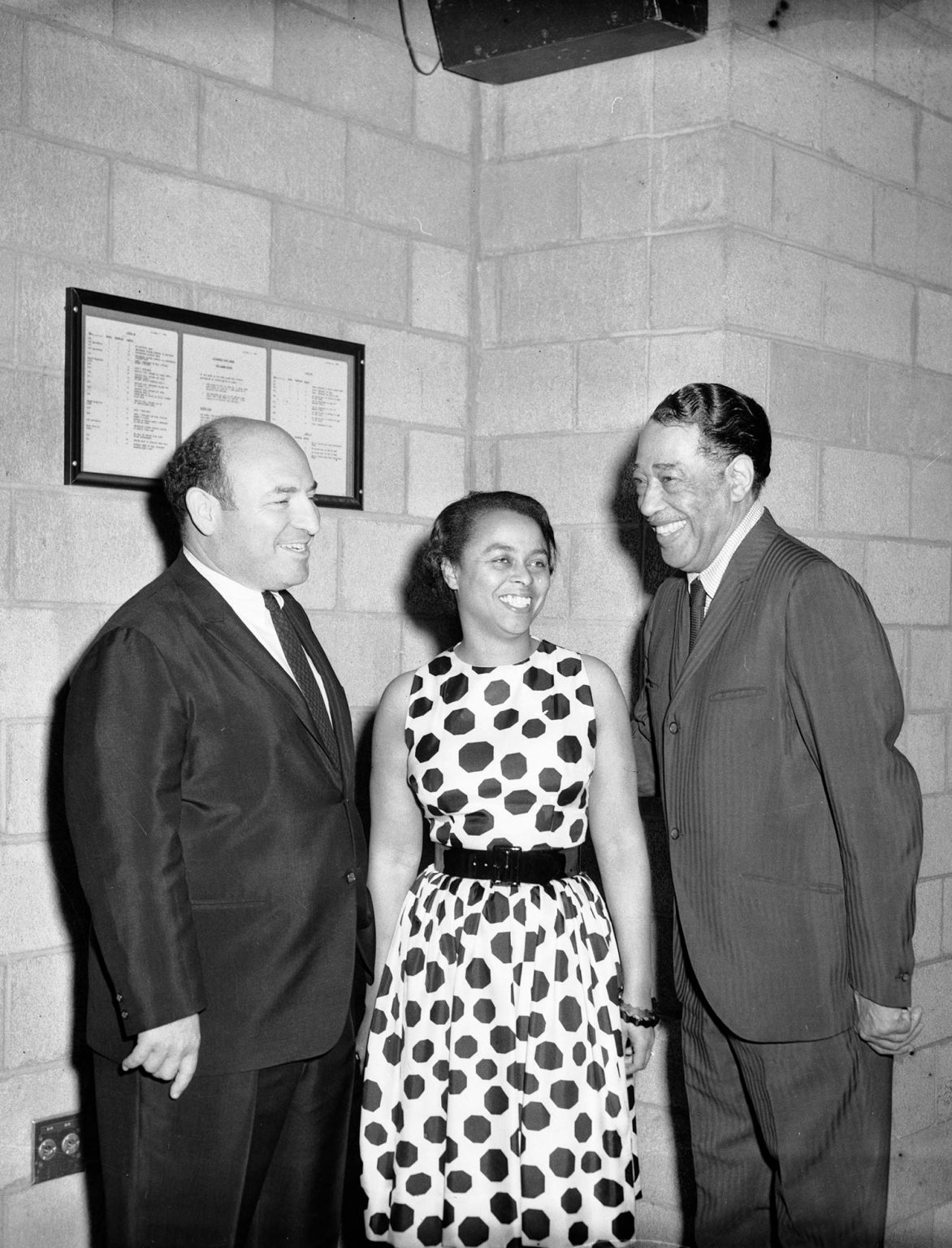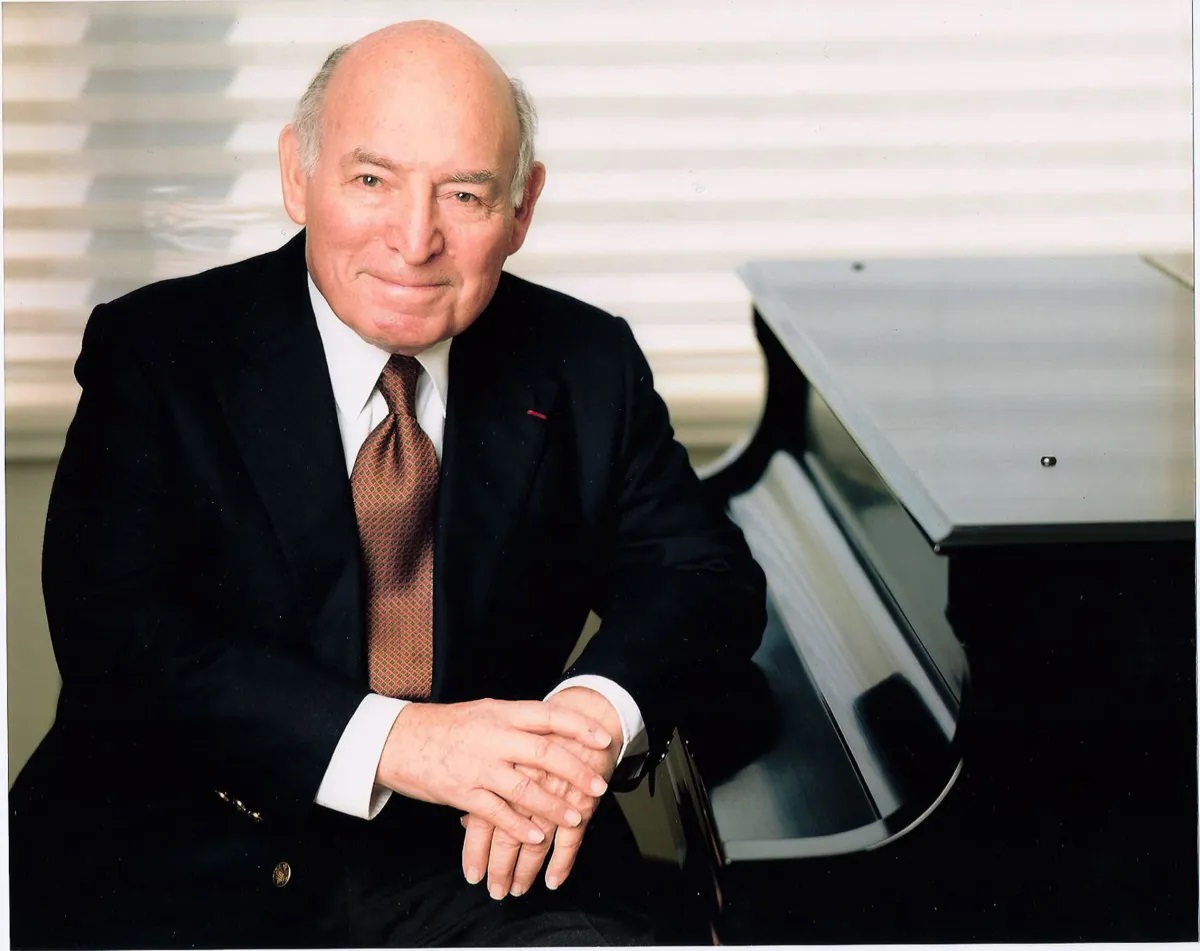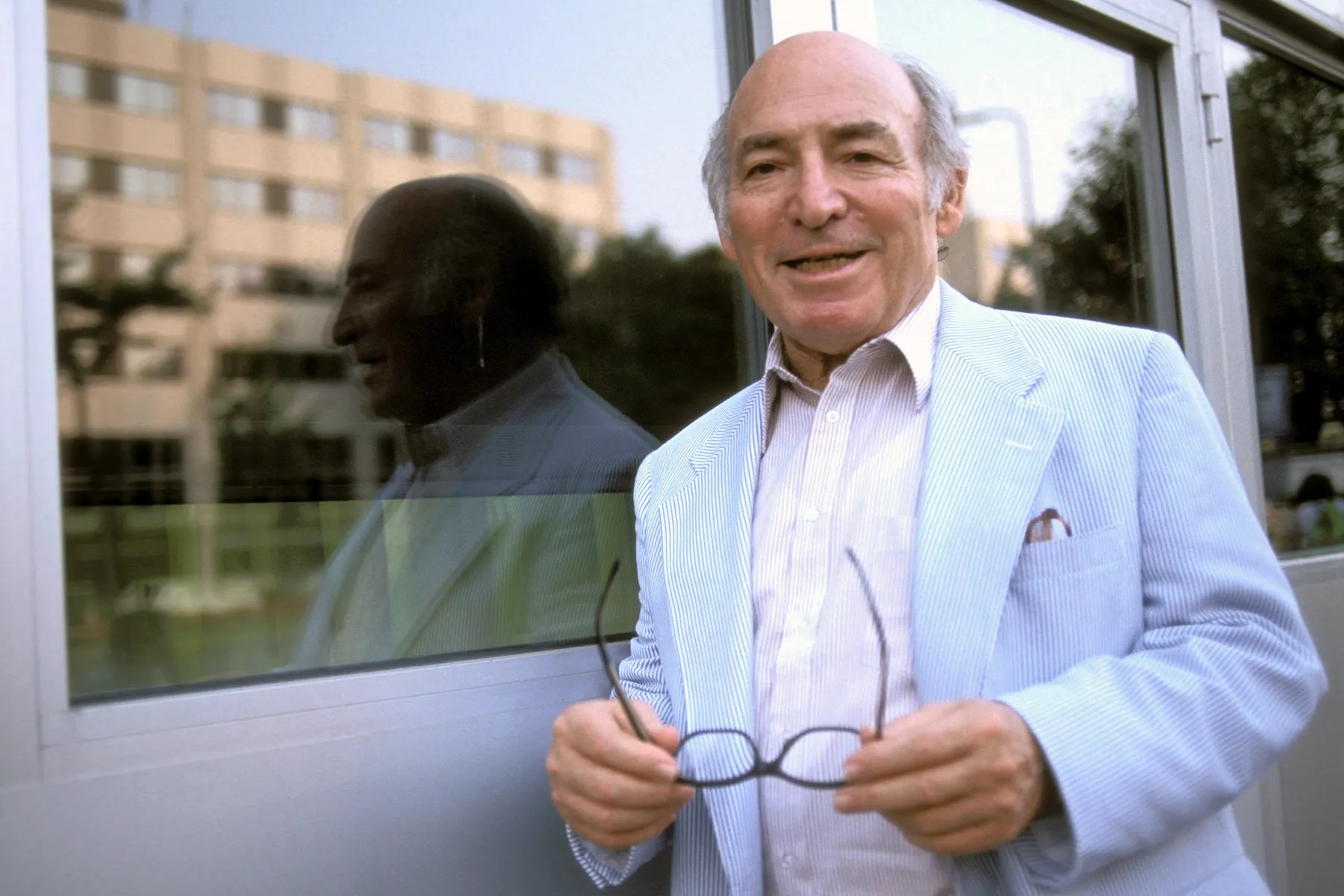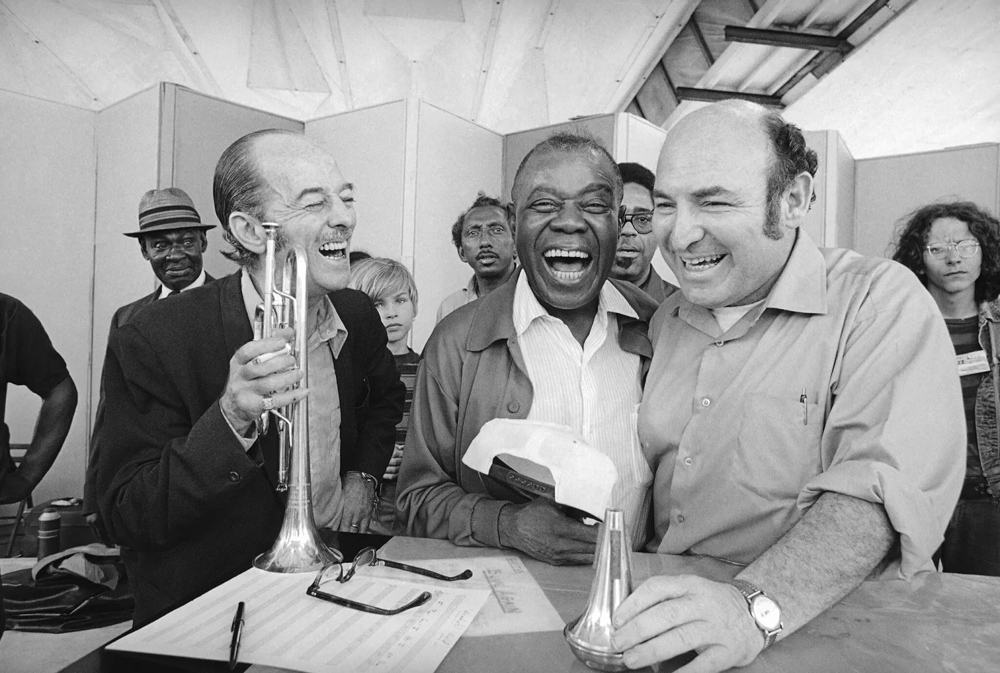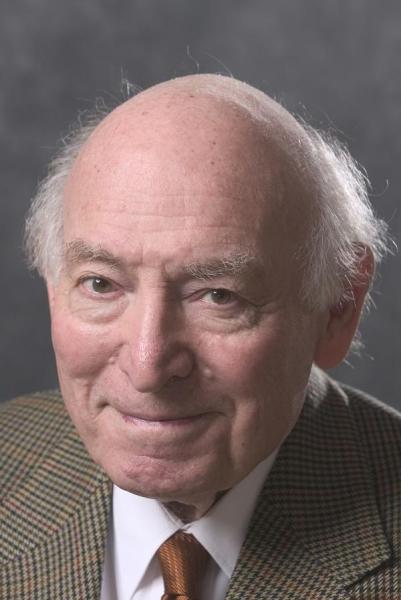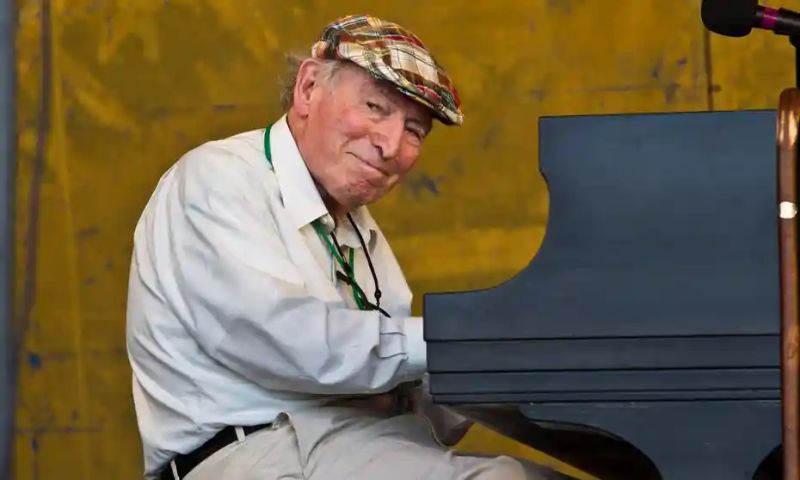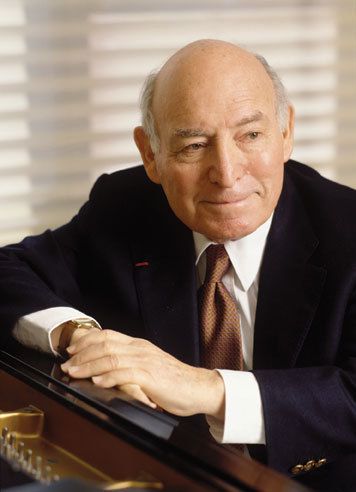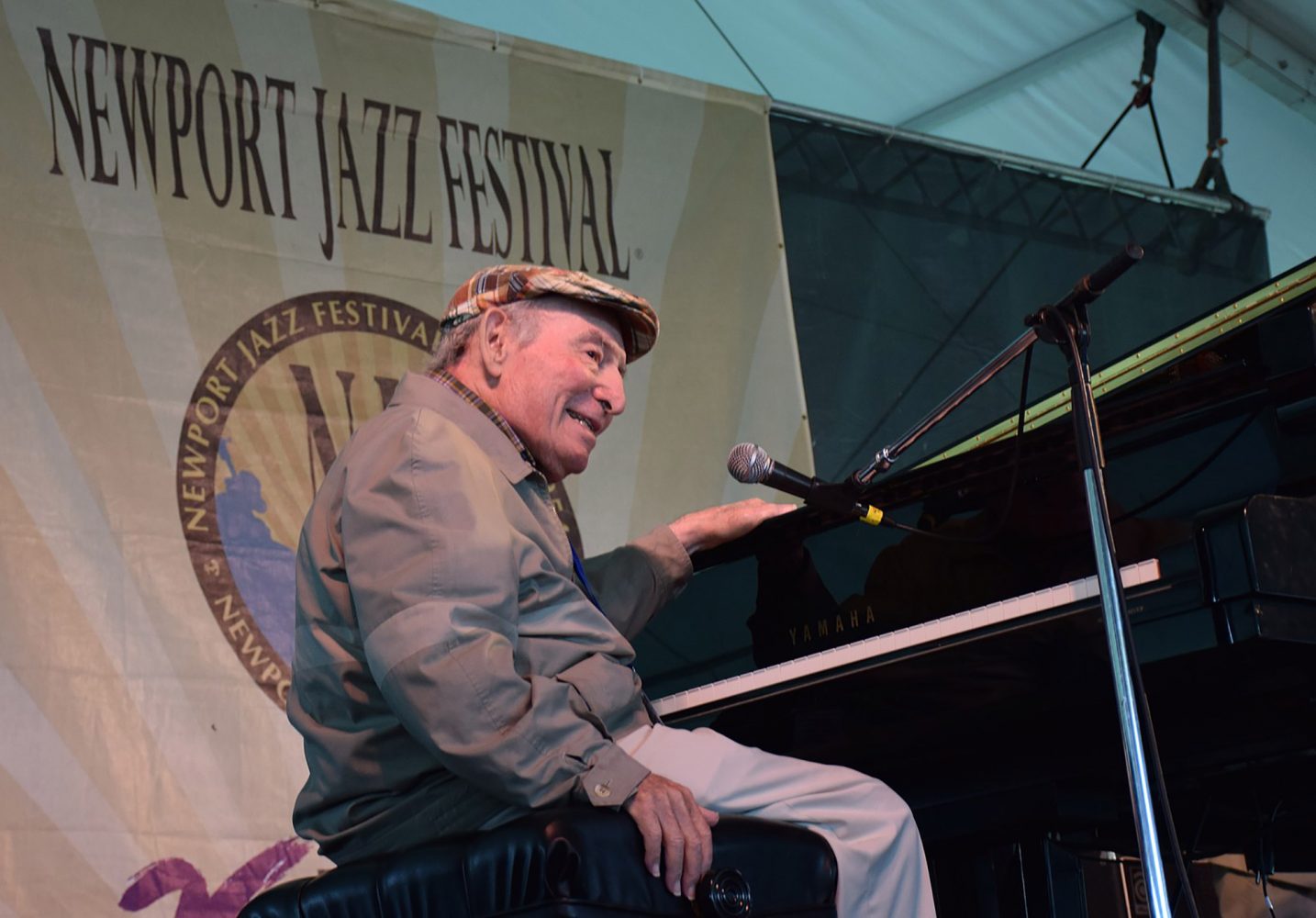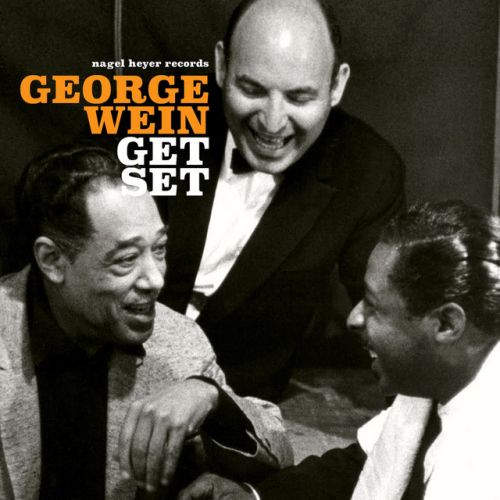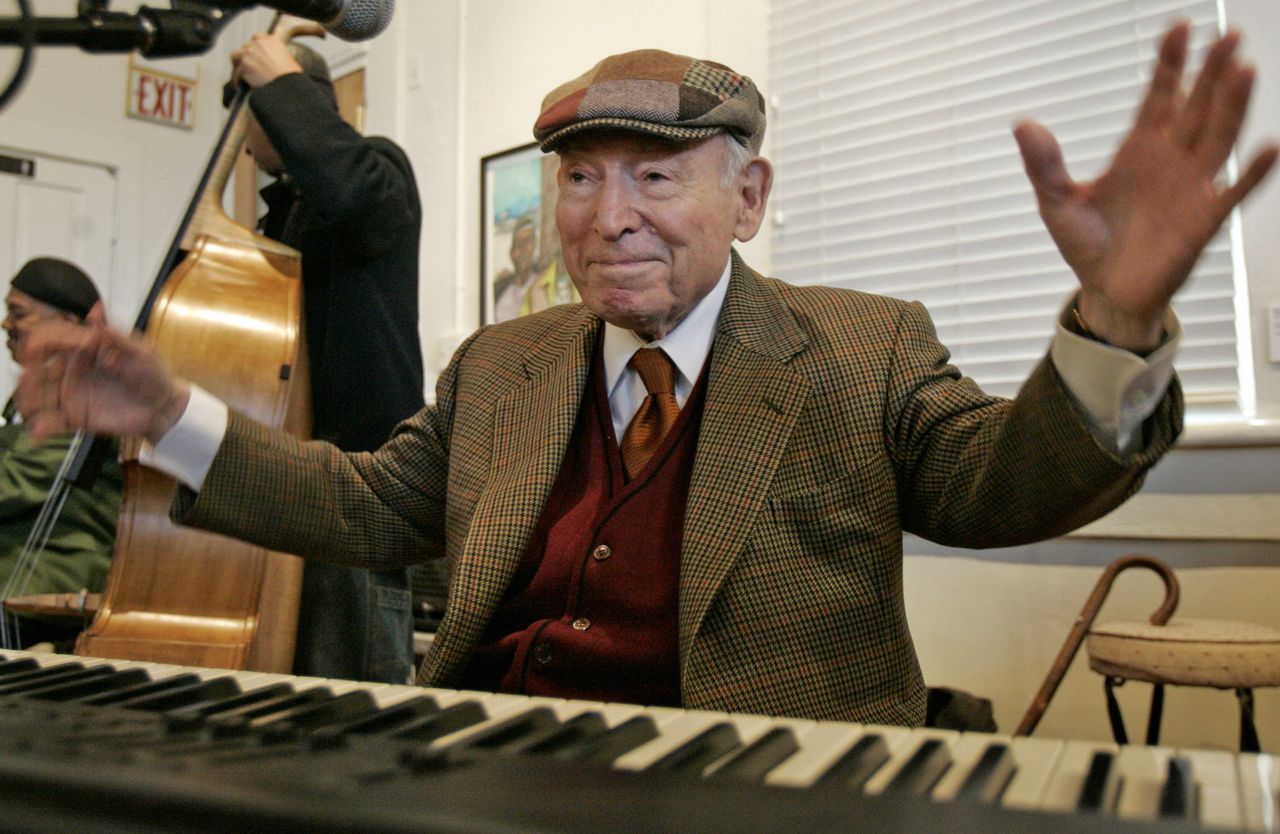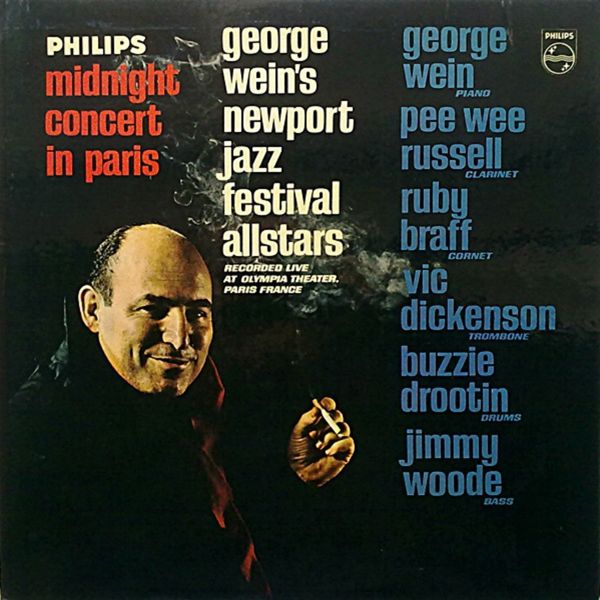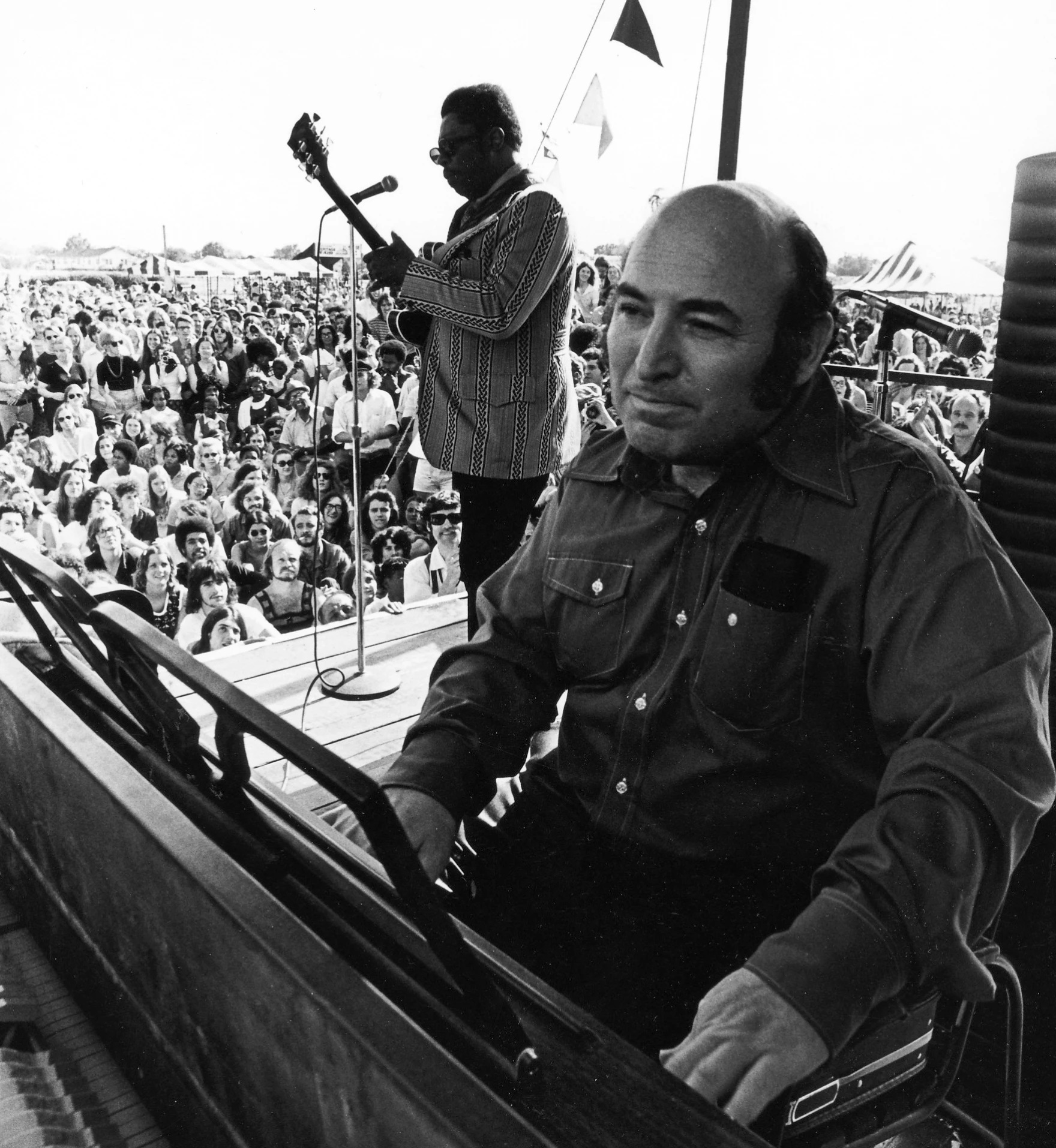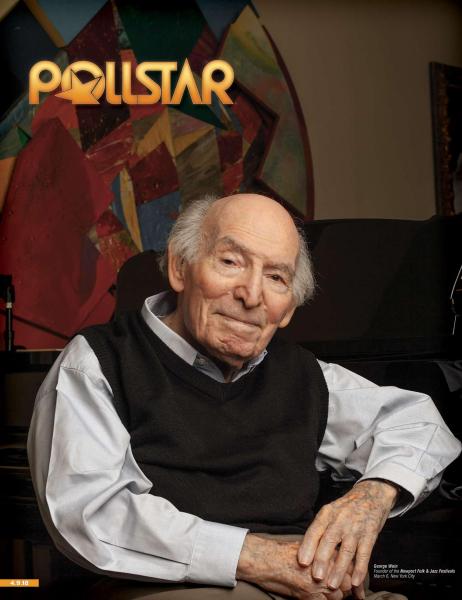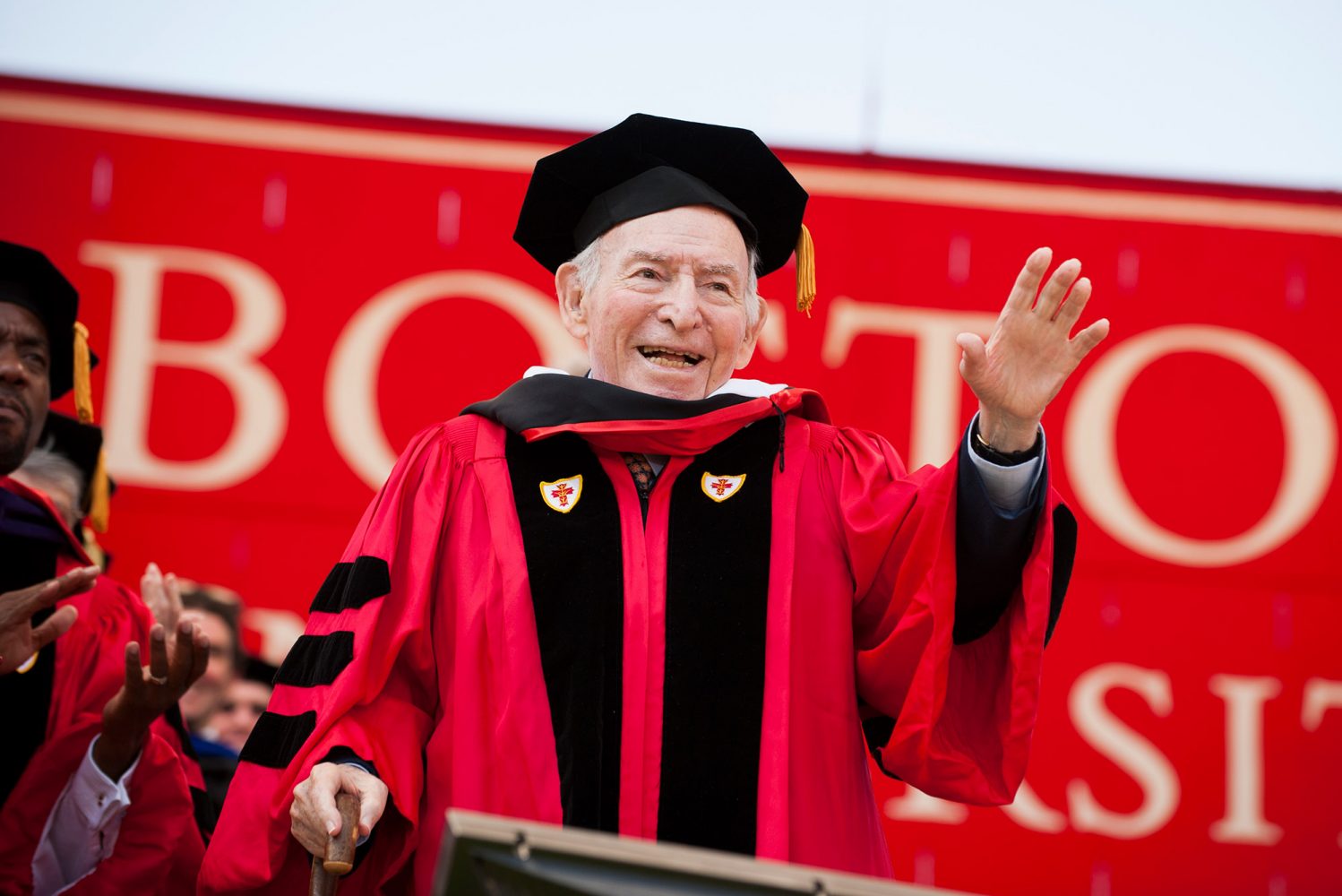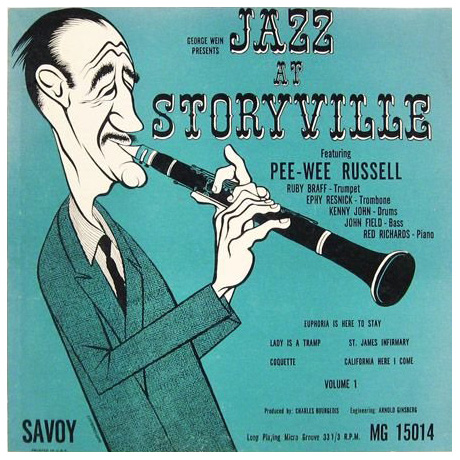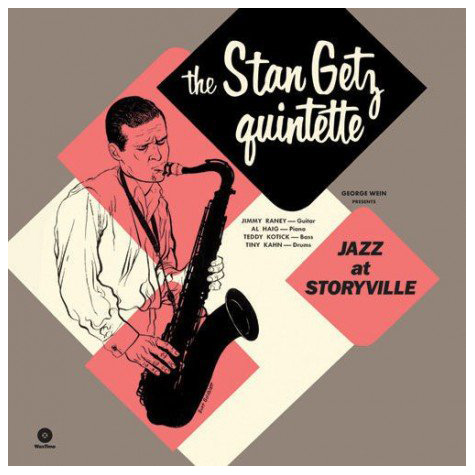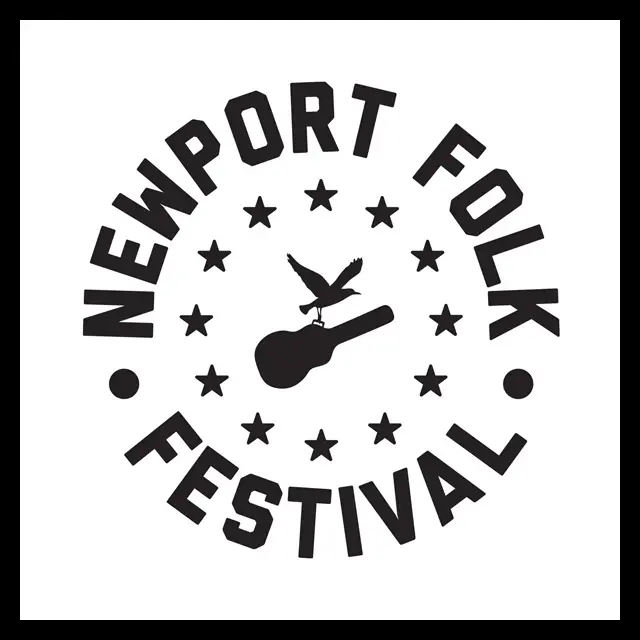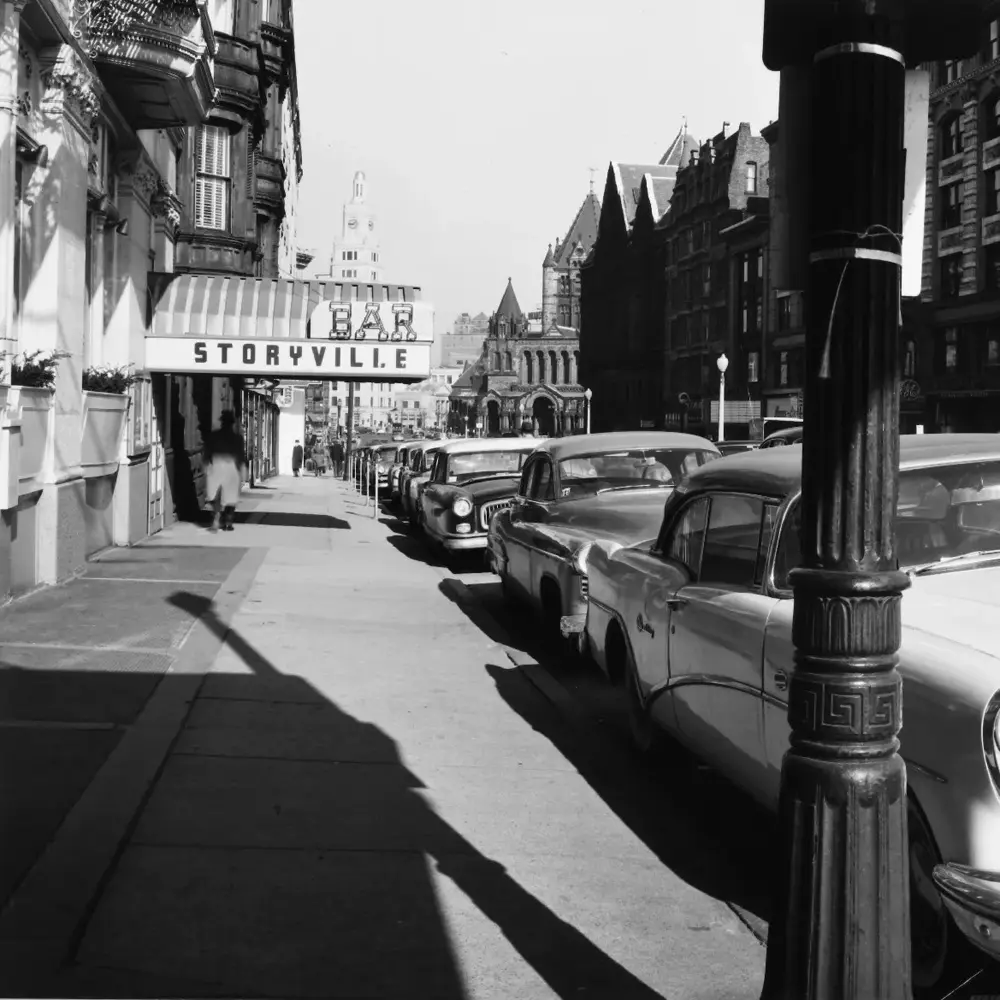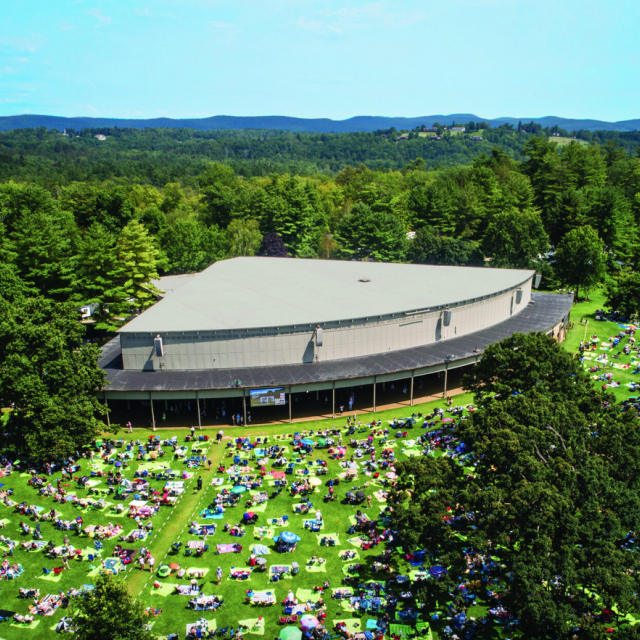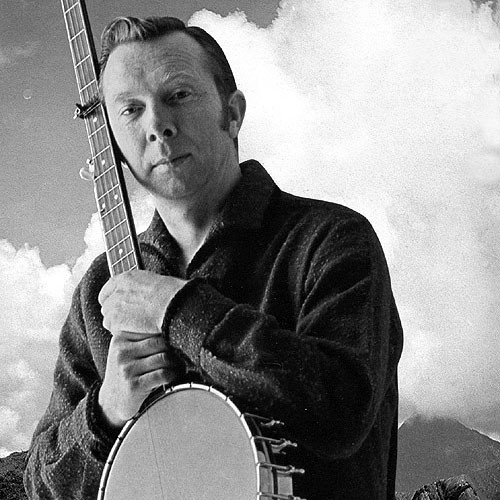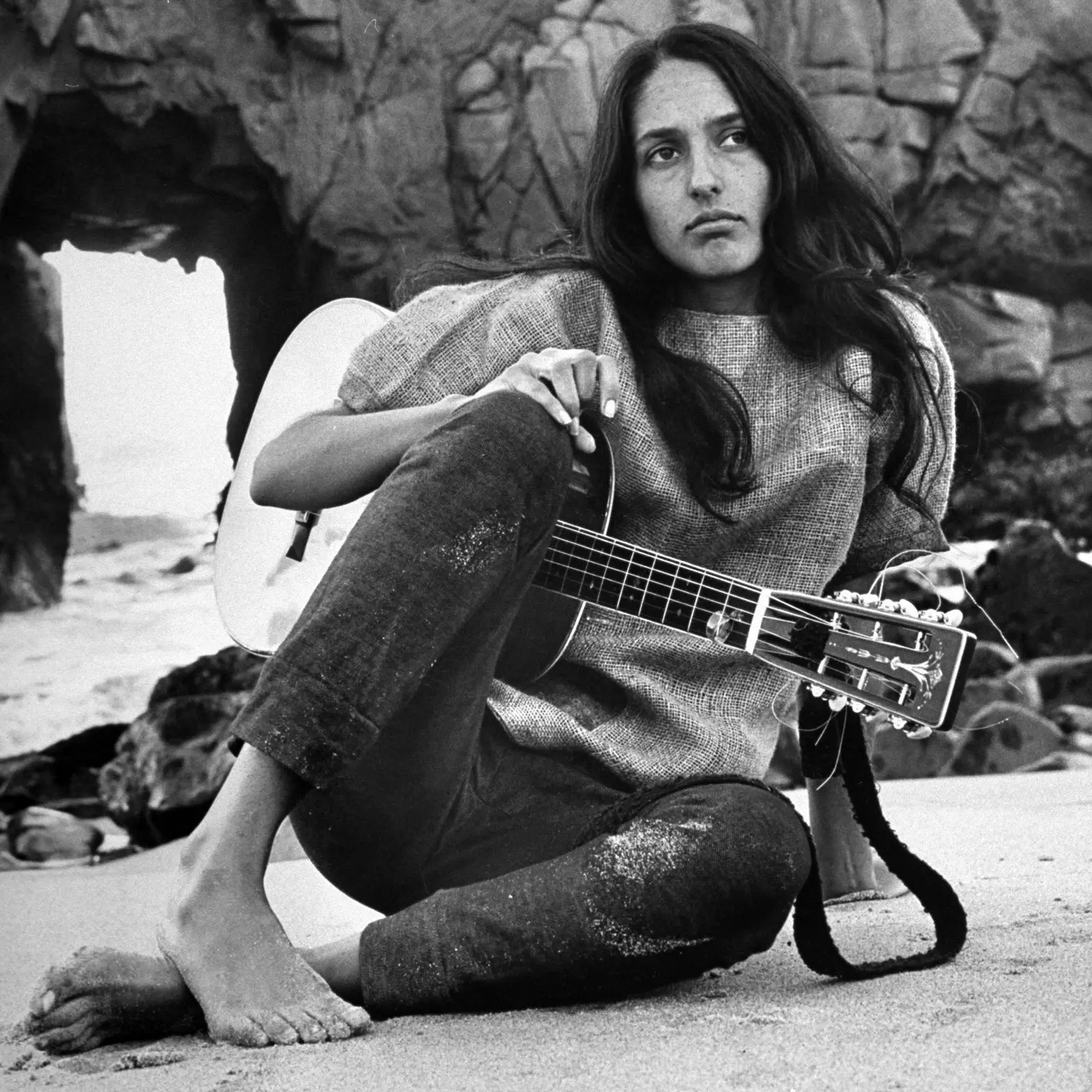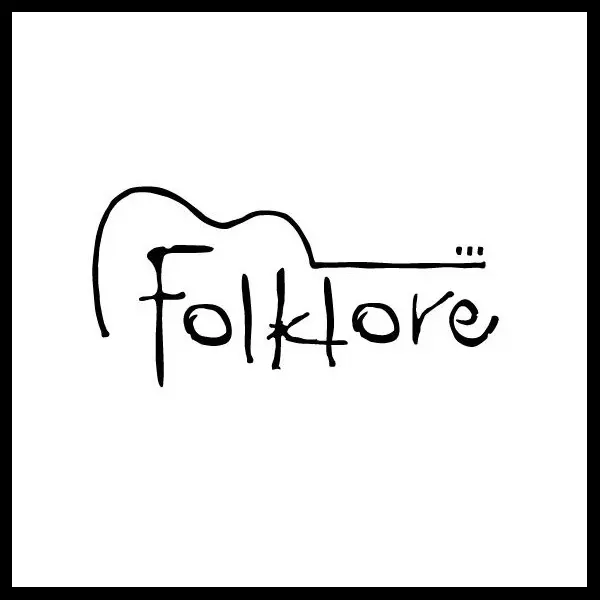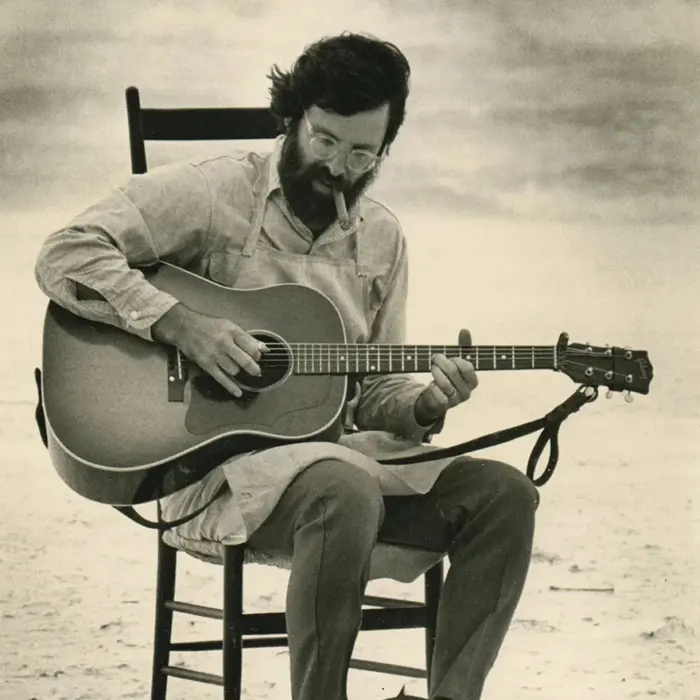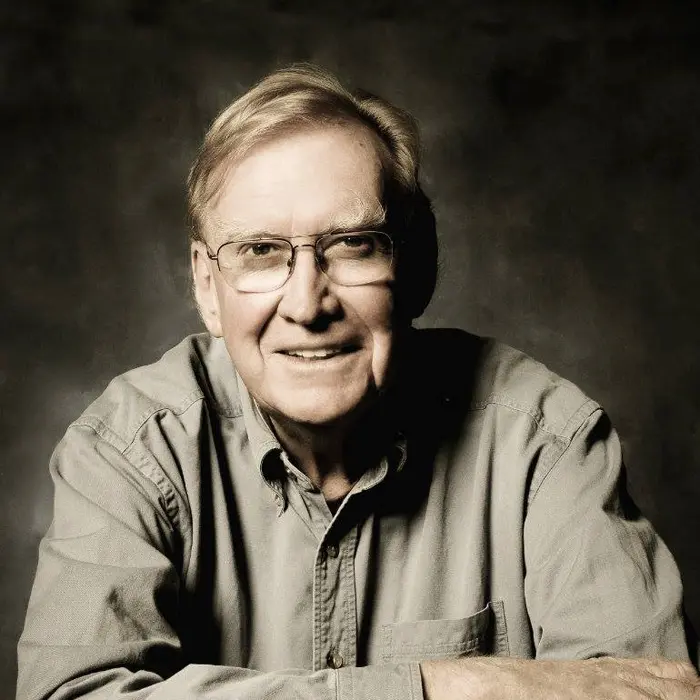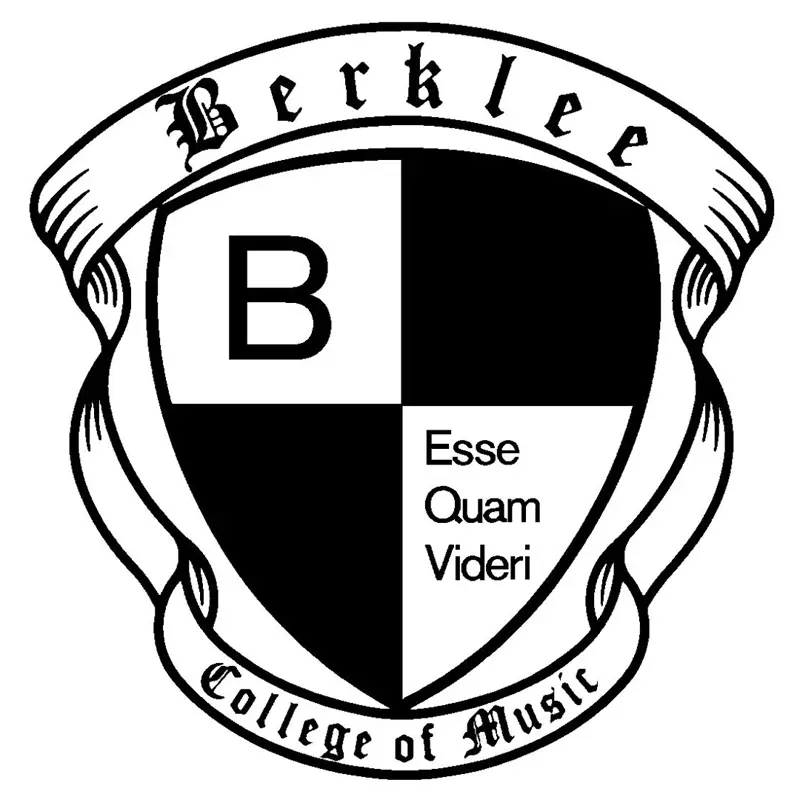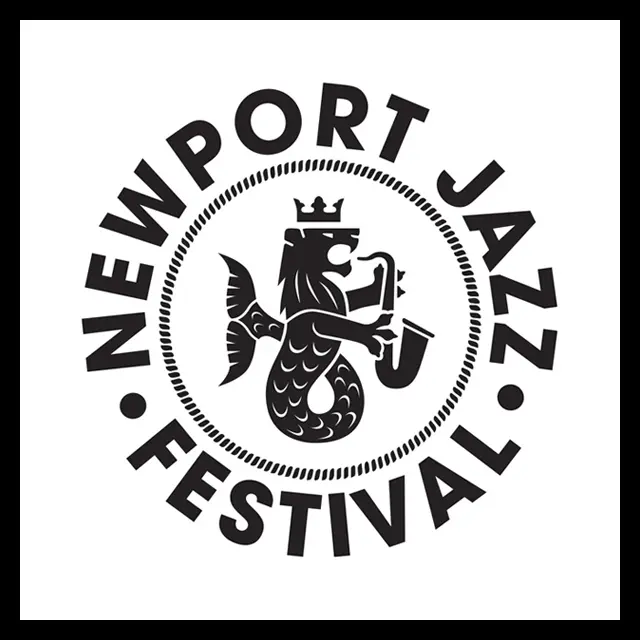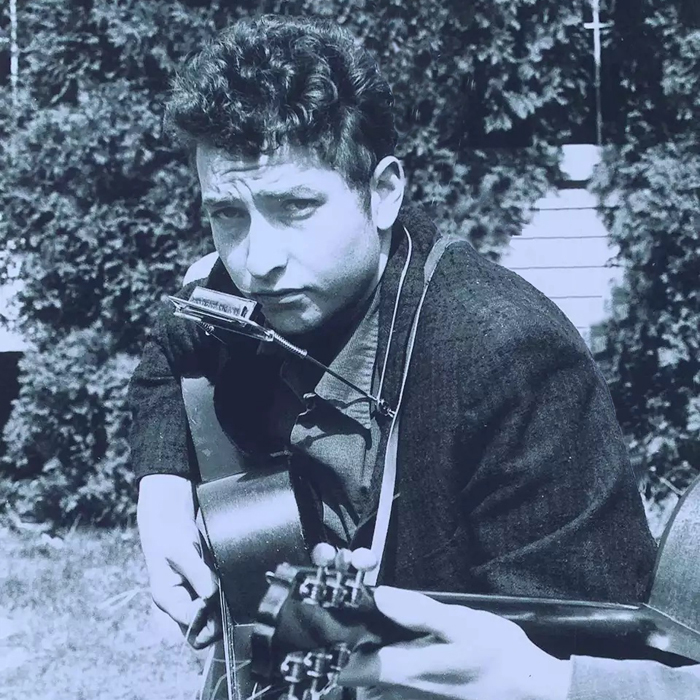George Wein
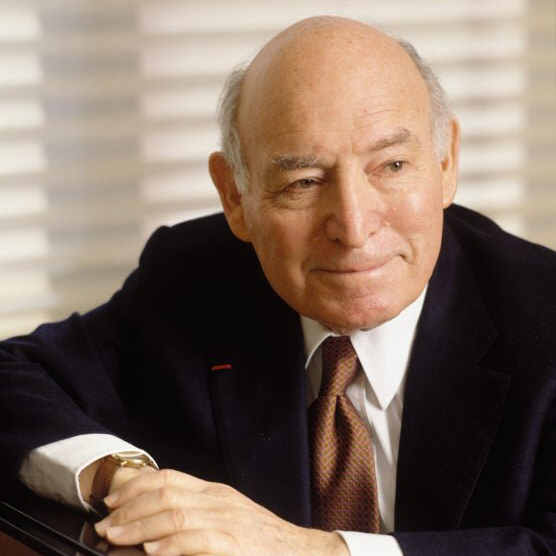
Simply put, no entrepreneur in history has been as instrumental in bringing live music to the masses than George Wein. And it all started in New England, where he was born, raised, educated and fell in love with all things jazz.
The World War II veteran, pianist and jazz-club owner established himself as the quintessential 20th-century impresario when he founded the Newport Jazz Festival and the Newport Folk Festival in the 1950s. Since then, the formula Wein invented has been used for virtually all multi-day music events, including one he co-founded in 1970, the New Orleans Jazz & Heritage Festival. From the Montreux Jazz Festival, the Telluride Bluegrass Festival, Monterey Pop and Woodstock to Live Aid, Lollapalooza, Glastonbury and Fuji Rock, George Wein paved the way for them all.
MUSICAL BEGINNINGS, STORYVILLE
Born October 3, 1925, in Lynn, Massachusetts and raised in Newton, Wein started playing piano at age eight, had fallen in love with jazz by age 12 and formed his first jazz band in high school. In 1943, he enrolled at Boston University, where he led a jazz quartet, taking a one-year study break when he enlisted in the Army and served dangerously near the French-German border.
In 1950, upon graduation from BU, the ever-entrepreneurial, jazz-crazy Wein founded what become one of Boston’s hottest jazz clubs, Storyville, and its associated record label. Originally located inside the Copley Square Hotel, Wein relocated it to the Hotel Buckminster in Kenmore Square from 1951-52 before moving it back to the Copley, where the club remained until closing in 1960.
Over the decade, a who’s who of jazz giants recorded live radio broadcasts from Storyville including Billie Holiday, Dave Brubeck, John Coltrane, Ella Fitzgerald, Stan Getz, Charles Mingus, Charlie Parker, Gerry Mulligan and Sarah Vaughan. Among the iconic artists who performed at Storyville without recording were Louis Armstrong, William “Red” Garland, Erroll Garner, Art Blakey & His Jazz Messengers, Pee Wee Russell and The Al Vega Trio.
NEWPORT JAZZ FESTIVAL
As Wein was always quick to admit, the initial idea to hold a multi-day jazz festival was not his own. In 1952, a Newport socialite offered him a $20,000 donation (about $230,000 in 2023) to organize such an event – summers in the gilded community were “terribly boring,” she said – and Wein accepted without hesitation, even though he’d never considered doing such a thing. “I had no rule book,” he once said, adding that his goal was to “combine the energy of a jazz club in Harlem with the ambience of classical concerts at Tanglewood.” In other words, Wein wanted to create something that no jazz fan – no music fan, period – had ever seen.
DEBUT EVENT
Nearly two years in the making, the first Newport Jazz Festival (billed as the First Annual American Jazz Festival) was held July 17-18, 1954, at the Newport Casino. It rained torrentially on the first day, but the all-star lineup – Billie Holiday, Dizzy Gillespie, Ella Fitzgerald and Lester Young – left the 13,000-strong audience unconcerned with anything as trivial as the weather. The second day featured Oscar Peterson, Gene Krupa and George Shearing and in 1955 Louis Armstrong joined the bill. In 1956, Duke Ellington made an appearance that many critics said rescued the 57-year old’s waning career.
NEW ORLEANS JAZZ & HERITAGE FESTIVAL
Over the next decade, playing the Newport Jazz Festival became de rigueur for every major jazz performer and the 1965 bill featured Count Basie, Thelonious Monk, Duke Ellington, Miles Davis, John Coltrane and Frank Sinatra. The event’s success inspired a wave of copycat festivals and, like any clever entrepreneur, Wein scaled his Newport model, co-founding the New Orleans Jazz & Heritage Festival in 1970.
MOVE TO NEW YORK CITY, RETURN TO NEWPORT
In 1972, after the festival had expanded to four days and crowds had increased to about 40,000, Wein moved the festival to New York City and renamed it the Newport Jazz Festival New York, splitting performances between Radio City Music Hall and Yankee Stadium. In 1981, the festival returned to Newport and was renamed again, this time to the Kool Jazz Festival, as agreed with the event’s primary sponsor. Since then, despite some opposition from Newport residents about noise and crowds, the three-day, three-stage event has taken place annually at the 10,000-capacity Fort Adams State Park, except for in 2020 due to Covid-19 restrictions.
NEWPORT FOLK FESTIVAL
Four years after establishing the world’s first multi-day jazz festival, Wein set his sights on folk music. In 1958, he’d noticed the rapidly growing folk-revival movement and started booking folk artists to perform at Storyville. Since they sold out consistently, Wein decided to include a “folk afternoon” in the 1959 Newport Jazz Festival, inviting well-established acts Odetta, Pete Seeger and The Weavers to play.
After some jazz artists and fans objected vehemently, Wein consulted with members of the folk community and decided there was enough demand for a full-blown folk festival. Acknowledging his limited experience with the genre, he partnered with Albert Grossman, then Odetta’s manager (and later Bob Dylan’s), to plan and produced the event, with Pete Seeger contributing as an advisor.
1959, 1960 EVENTS
On July 9, 1959, the first Newport Folk Festival was held at Freebody Park with an audience of 13,000 and a bill that included Odetta, Seeger, Earl Scruggs, The Kingston Trio, John Jacob Niles, Sonny Terry and Brownie McGhee, The New Lost City Ramblers and – in her unannounced large-venue debut – 18-year old Joan Baez. The festival returned in 1960, expanded to three days, with a cross-cultural collection of performers from Africa, Scotland, Spain and Israel plus well-known acts like Pete Seeger, Ewan McColl, John Lee Hooker, Cisco Houston and Tommy Makem.
1961/62 CLOSING, 1963 REOPENING, 1970-1984 HIATUS
The festival was not held in 1961 and 1962 but resumed in 1963, when Bob Dylan made his Newport debut, then infuriated many fans by “going electric” there in 1965. He didn’t return until 2002, 37 years after the historic show. After continuing annually from 1964 to 1969, the festival was not held from 1970 to 1984 due to major financial difficulties and controversies over the jazz festival. It resumed in 1985 and since then the three-day, four-stage event has taken place annually at the 10,000-capacity Fort Adams State Park, except for 2020 due to Covid-19 restrictions.
THE BALLAD ROOM, PERFORMING, AUTOBIOGRAPHY, AWARDS
In 1959, Wein partnered with Manny Greenhill, founder of Folklore Productions to create The Ballad Room nightclub in Boston which hosted Baez, the New Lost City Ramblers, Ed McCurdy, Keith and Jim Rooney, Rolf Cahn, Eric von Schmidt, Memphis Slim and Willie Dixon, among others.
Wein maintained an active piano-playing career through the years, recording several albums as bandleader and making annual appearances at the Newport Jazz Festival with his group, the Newport All-Stars. His 2004 autobiography, Myself Among Others: A Life in Music, was named best book about jazz that year by the Jazz Journalists Association.
Wein received a slew of awards over the decades, including being named a “Jazz Master” by the National Endowment for the Arts in 2005. He received an honorary Grammy Award in 2014 in addition to honorary doctorates from Berklee College of Music and Rhode Island College of Music and was a lifetime honorary trustee of Carnegie Hall.
DEATH, LEGACY
On September 13, 2021, George Wein died at age 95. “He brought jazz and later folk music to Rhode Island,” The New York Times wrote in a lengthy obituary, “and he made festivals as important as nightclubs and concert halls on musicians’ itineraries.”
(by D.S. Monahan)

